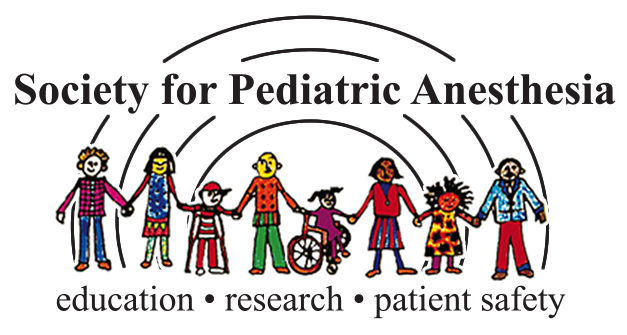WOMEN IN ANESTHESIOLOGY
Our mission is the professional and personal support of women anesthesiologists. Given the developing body of literature surrounding the challenges women in Science, Technology, Engineering, Mathematics and Medicine (STEMM) face, we decided to form a group that helps focus on techniques and tools that will help women physicians advance in the careers while addressing the specific challenges women physicians may face. You will find information about our annual meeting, starting a WIA chapter, organizing tools, educational resources, a jobs posting site, and more on our website.
The $16,819 Pay Gap For Newly Trained Physicians: The Unexplained Trend Of Men Earning More Than Women | Health Affairs
Anthony LoSasso and colleagues report that the gender pay gap grew wider from 1999-2008. They demonstrate that even after adjusting for provider (e.g. IMG status, primary care vs. specialist, race/ethnicity) and practice (urban/rural, patient care hours, part time status) characteristics, this gap in pay cannot be explained.
Differences In Starting Pay For Male And Female Physicians Persist; Explanations For The Gender Gap Remain Elusive | Health Affairs
As a follow-up to the 2011 study, LoSasso and colleagues extended the study time period to 1999-2017 and included a data subset that accounted for the potential role that “family friendly jobs” in explaining the pay gap. The gender pay gap continues to grow wider with time, despite an increasing proportion of women shifting from primary care to specialty care. Selection of “family friendly jobs” did not account for this pay gap. Regarding contributing factors, specialty practice explained a mean share of 46% of the pay gap while 39% of salary differences by gender is attributed to unobserved factors.
Motherhood and Anesthesiology: A Survey of the American Society of Anesthesiologists
While women are increasingly represented in medical school, there remains a lag in representation within anesthesiology. This survey of women who were members of the American Society of Anesthesiologists (ASA) may provide insight into a factor that influences this trend. 1 out of 10 survey respondents reported that the challenges of motherhood would lead them to advise a medical student away from the field of anesthesiology.
Mentoring Programs in Academic Anesthesiology: A Case for PROFOUND Mentoring for Underrepresented Minority Faculty
This “Open Mind” piece illustrates steps that leaders and allies can use to help promote diversity within their departments. Individualized mentorship of junior colleagues is essential for their development into future leaders. The authors describe specific challenges and objectives for mentoring underrepresented minorities using the mnemonic PROFOUND: Propulsive, Receptive, On the same page, Fair, Orienting, Unselfish, Nurturing and Durable.
Episode 153: Women in Anesthesiology with Dr. Sasha Shillcutt (December 17th, 2019)
This discussion provides an overview of barriers to achieving equity in academic anesthesiology departments, clinical environments and national conferences. Her primary focus is on improving equity in leadership and provides tips for all anesthesiologists on how to be an effective ally and supporter of equity. Dr. Shillcutt is the founder of a nonprofit focusing on equity in leadership called Brave Enough.



 Supported By The Society for Pediatric Anesthesia
Supported By The Society for Pediatric Anesthesia